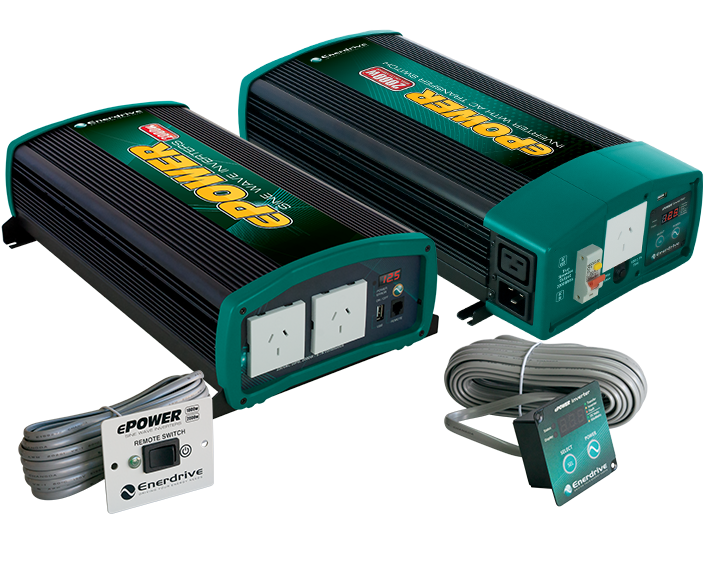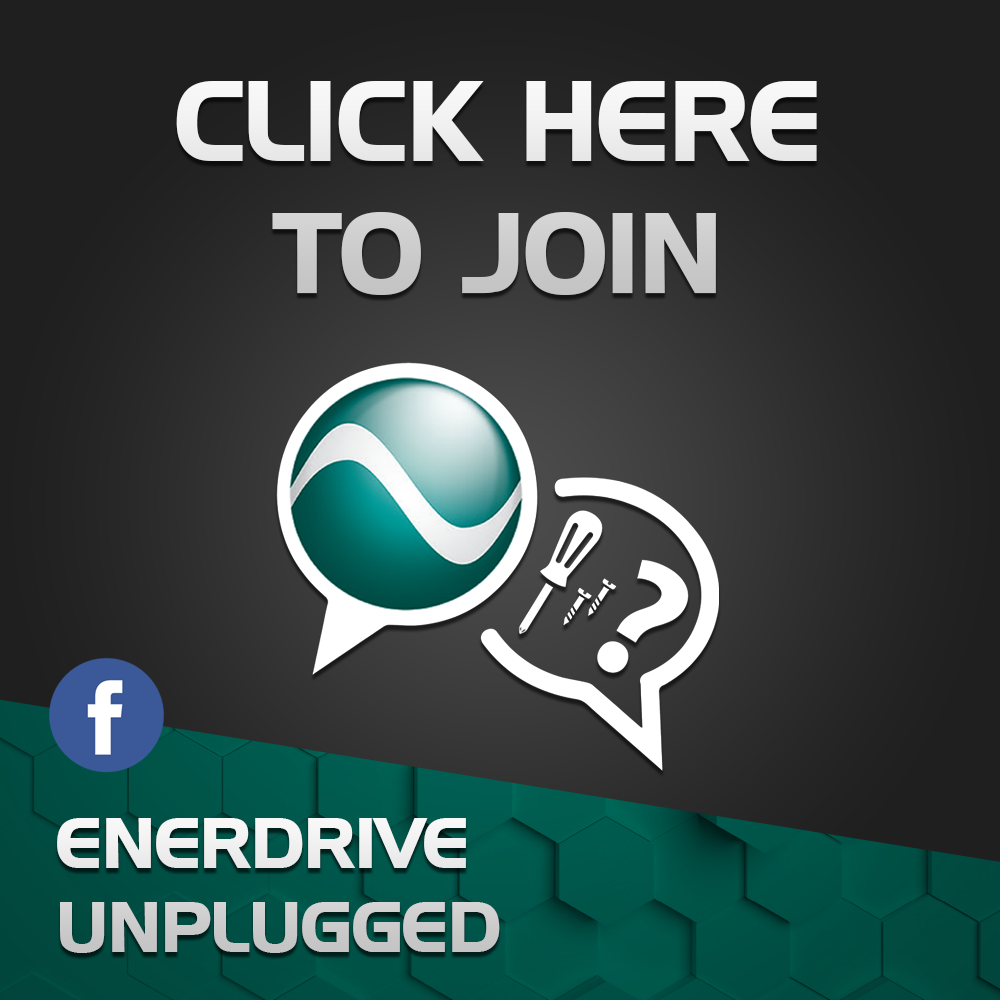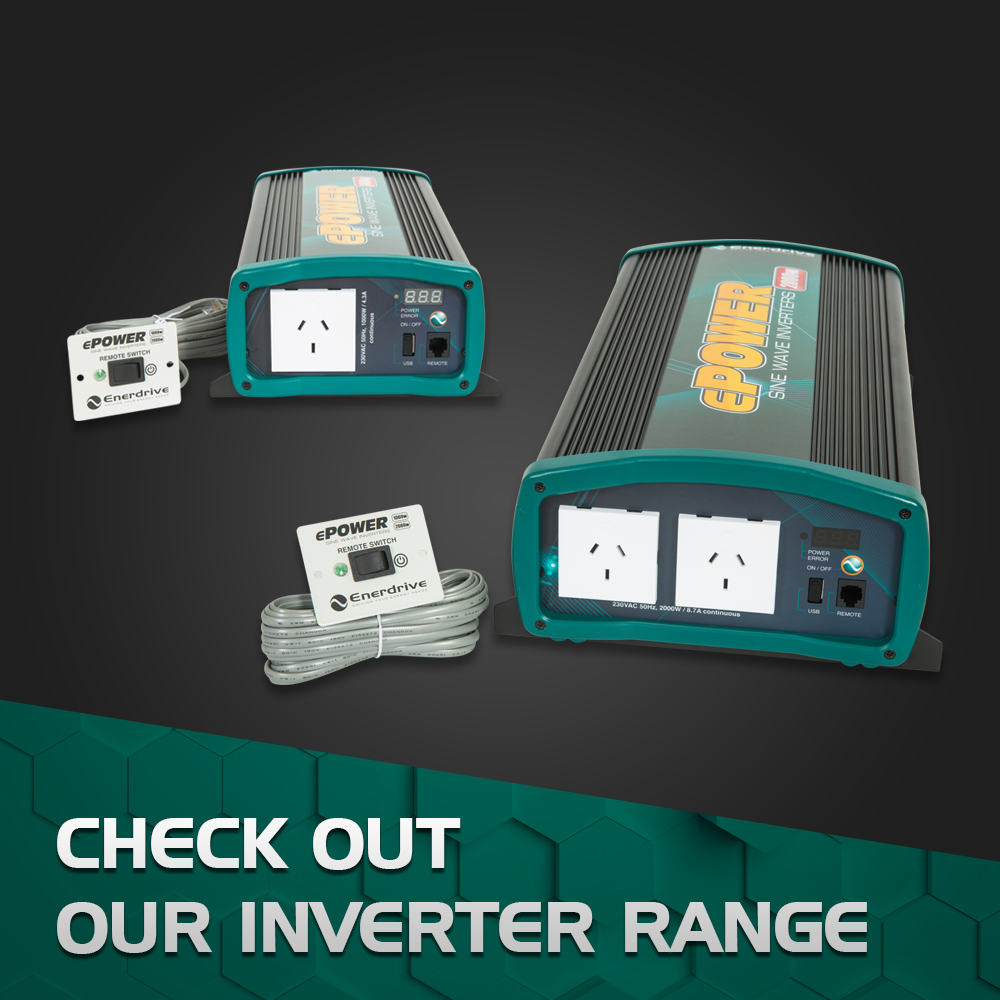So you want to know how an inverter works? You’ve come to the right place! We’ll also talk you through what you need to know to conduct a proper installation for optimal performance.
Firstly, an inverter is a piece of equipment that works by converts DC battery power into AC 230v mains power. Inverters are available in varying wattage outputs ranging from 150w through to 5000w+.
When inverters were first invented, they produced what is called a “Modified” sine wave output. This AC power output back then was suitable for all types of appliances, but as timed moved forward, and electrical appliances became more sophisticated, the old modified sine wave inverter was just not up to speed to cope with modern electronics, hence the invention of the “Pure” sine wave unit.
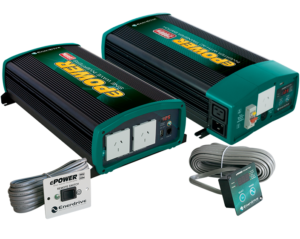 Today, just about every AC powered appliance with sensitive electronics requires a pure sine inverter to operate correctly. They are designed to precisely replicate and even improve on the quality of electricity supplied by utility companies. There is generally no compatibility issues with any appliance run from a pure sine wave power inverter.
Today, just about every AC powered appliance with sensitive electronics requires a pure sine inverter to operate correctly. They are designed to precisely replicate and even improve on the quality of electricity supplied by utility companies. There is generally no compatibility issues with any appliance run from a pure sine wave power inverter.
The major key to having a successful inverter setup is how you cable the DC feed to the inverter. Many issues we see with inverters is due to “under cabling” the input to the inverter. As the inverter AC output increases, so does the flow of current coming from the battery. The DC voltage however reduces as you put more load on the inverter. If the cable size is too small, the inverter won’t be able to reach its maximum output due to the DC voltage dropping below the shutdown voltage of the inverter. If the voltage drops more than 0.25V from the battery to the inverter, a significant decrease in inverter performance will occur – and the inverter will not perform well.
For your inverter to perform, you must make sure you feed it correctly. The right size DC input cables will help do this. Sizing the correct input cables is a critical requirement for maximum performance from your inverter. An inverter operates best if installed less than 1.5meters from the battery source.
Below is a chart with the correct DC cable size required for the Enerdrive ePOWER inverter range and pretty much most inverters of the same capacity on the market today.
|
Part No |
Size |
mm² ≤1.5m |
|
EN1104s |
400w |
10mm |
|
EN1110s |
1000w |
35mm |
|
EN1120s/x |
2000w |
70mm |
|
EN1120x-24v |
2000w |
50mm |
|
EN1126x |
2600w |
95mm |
Proper installation is primarily a matter of sizing a cable to match its task, using the correct tools to attach terminals, and providing 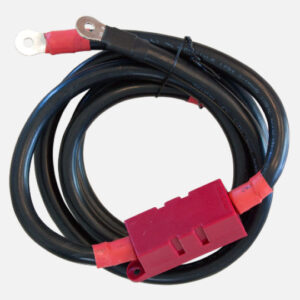 adequate over-current protection with fuses and circuit breakers.
adequate over-current protection with fuses and circuit breakers.
Many people get confused about measuring cable. Cable sizing is simple enough. It is a function of the length of a cable (measuring from the power source to the appliance and back), and the current (amperage) that will flow through it. This can be found by checking the label on the appliance in the circuit, or the specifications sheet for the appliance. The longer the cable, or the higher the amperage, the bigger the cable must be to avoid unacceptable voltage losses. And there should always be plenty of extra margin for safety because an appliance may actually use more current than what it is rated for because of heat, low voltage, extra load and other factors.
If you like what you’ve read, you can find even more helpful advice by joining our Enerdrive Unplugged Facebook group! The group is for sharing installations, errors in installations and best practice install guidelines utilising Enerdrive Products across Caravans, Campers and 4WDs. Acting as a space to leave feedback and comments, get inspired and learn from other veteran users along the way!
